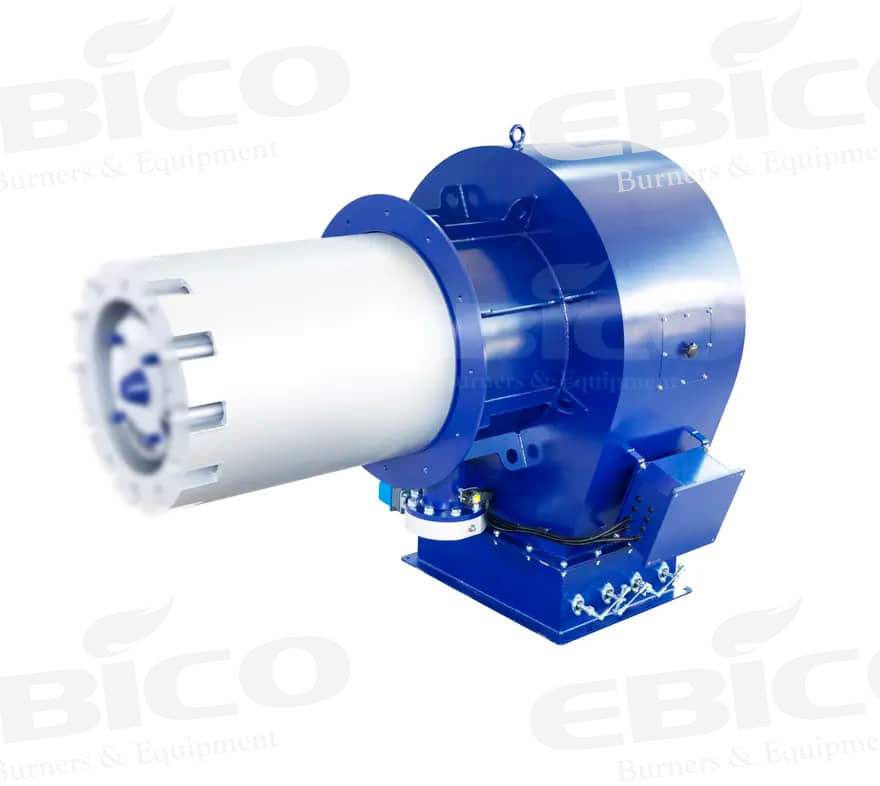Suggestions On Transformation And Operation Measures Of Low NOx Burner
Suggestions On Transformation And Operation Measures Of Low NOx Burner
First: Research and Analysis of fly ash and boiler efficiency
During the formation of nitrogen oxides, the main factors affecting them are combustion flame temperature, the oxygen concentration in the burner section, time of combustion products in the high-temperature area, and coal quality. According to these influencing factors, nitrogen oxides can be reduced in the following two ways: first, appropriately reduce the combustion flame temperature to avoid local excessive temperature; The second is to control the air coefficient in the combustion environment, limit the oxygen content, and ensure the combustion of pulverized coal in the anoxic environment. After the transformation, the main combustion area generally adopts low oxygen combustion, and the air coefficient is low. Only the burnout air at the top can burn, and the pulverized coal will not be exhausted. The online fly ash collection shows that the fly ash is too large. The increase of boiler fly ash content will lead to incomplete combustion of pulverized coal, which limits the combustion efficiency of the boiler. During the operation of the boiler, excessive fly ash particles will also shorten the wear and service life of the heating surface at the tail of the boiler.

Second: Optimization and adjustment of combustion after transformation of low nitrogen burner
After the low nitrogen transformation of the burner, the original combustion method must be modified to ensure that the adjusted scheme can meet the safety requirements and meet the relevant ultra-low nitrogen emission standards. Specifically, NOx emission should be controlled within the safe concentration index. The following points should be noted:
1. Operation mode of the burner. For the transformation of a low NOx burner, the focus is on how to improve the rated temperature of the furnace and the stability of pulverized coal combustion and try to avoid sudden shutdown or insufficient power of burner.
2. Secondary air distribution model of boiler. The secondary air distribution mode of the boiler shall meet certain basic needs to ensure that the excess air coefficient in the main combustion area is within a reasonable range; When the burner is shut down, the corresponding air valve should be properly closed, and the opening and closing degree of the air valve is determined by the corresponding flow curve; During the operation of the boiler, it is necessary to ensure that the air pressure of the bellows is normal.
3. Oxygen content in boiler operation. Control the oxygen content during boiler operation within a reasonable range, and the optimal oxygen content during boiler combustion needs to be determined according to the actual combustion test results.
4. Control the accuracy of pulverized coal. If sofa combustion classification technology is adopted, the accuracy of pulverized coal needs to be adjusted.
Third: Burner reconstruction and installation
In the installation stage, the horizontal angle of the burner must be strictly calibrated according to the design requirements. Measure and verify the installation deflection angle of the burner, measure and verify the swing synchronization of the same angle and the same layer of the burner, and ensure that the nozzle size, nozzle shaft, and circular diameter of the burner meet the design requirements.
